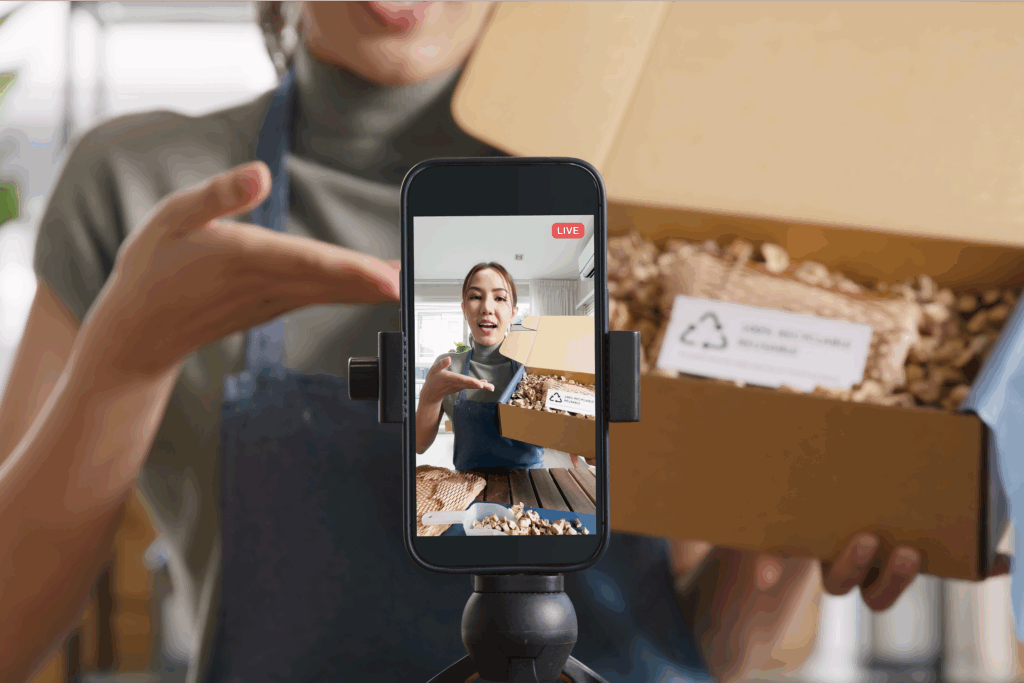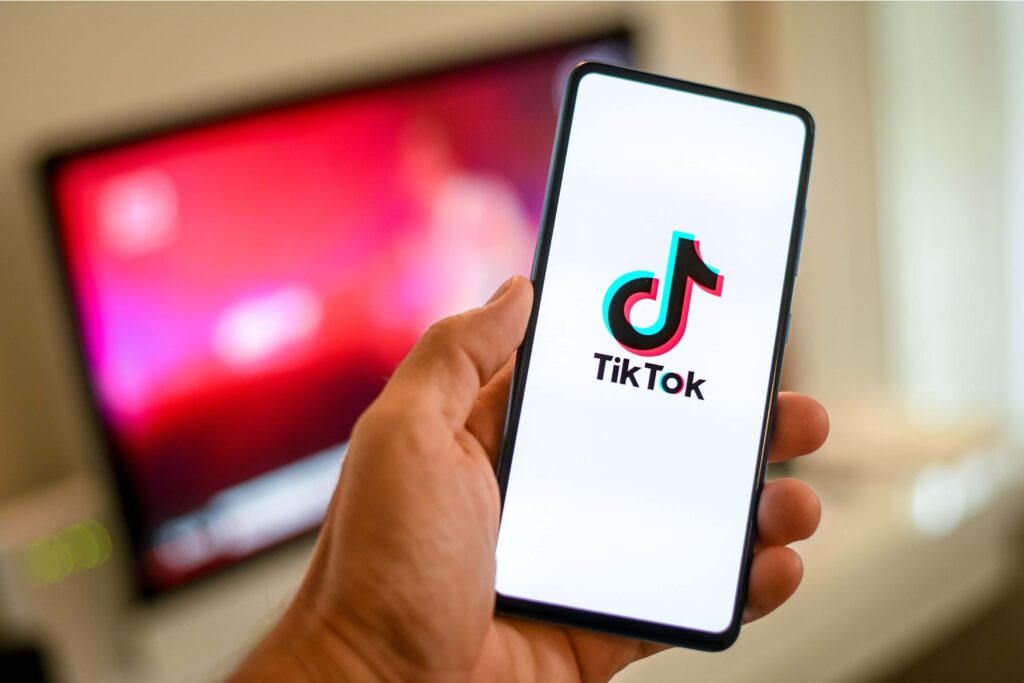Custom products, global reach
Selling t-shirts online on Amazon is one of the smartest ways to launch a profitable business in 2025. With the global t-shirt market projected to hit $46.99 billion this year, the demand for custom apparel is growing.
Whether you’re an artist, entrepreneur, or looking for a side hustle, Amazon’s millions of shoppers are eager to buy. With the right setup, you can turn your shirt designs into steady sales.
Learn how to start selling t-shirts on Amazon and source products using Print on Demand. We’ll cover everything you need to launch, grow, and optimize a successful t-shirt business.
Key takeaways
- Create your Amazon seller account and choose between an Individual or Professional plan.
- Connect a print-on-demand platform like Printify to design and fulfill custom tees without managing inventory.
- Create eye-catching t-shirt designs to make your Amazon store stand out.
- Optimize your listings for Amazon SEO by using relevant keywords in your product titles and descriptions to attract more customers.
- Promote your t-shirt store through social media, email, and Amazon ads to grow traffic and conversions.
1. Register an Amazon seller account
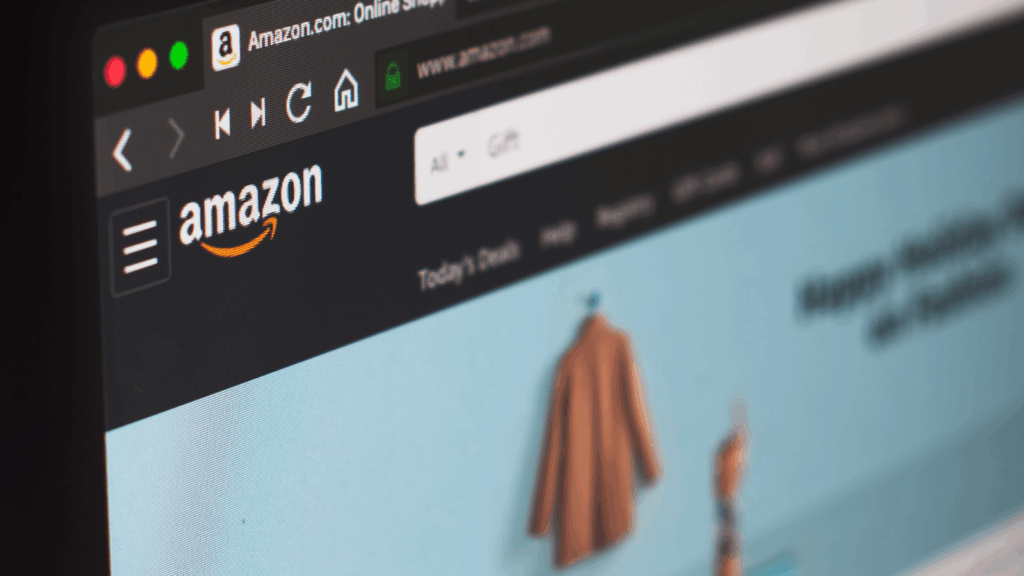
The first step in how to make and sell shirts on Amazon is registering a customer or Amazon seller account with a business email.
Here are the requirements for seller registration:
- Residence in an eligible country.
- Amazon customer account or business email.
- Internationally chargeable credit card.
- Government-issued identification.
- Tax information.
- Phone number.
- Bank account for earnings.
Head to the Sell on Amazon website to create a seller account. This gives you access to a wide range of products and sourcing methods – making it easier to scale over time.
An alternative option is opening an Amazon Merch on Demand account with your customer email. Merch by Amazon (MBA) is a good option if you plan to focus exclusively on sourcing t-shirts through the program.
Choose between an Individual or Professional account:
- An Individual account is sufficient if you expect to make 40 or fewer t-shirt sales per month. There’s no monthly subscription fee, but you’ll pay $0.99 per item sold.
- A Professional seller’s account costs $39.99 monthly, but there’s no fee per item sold. This plan is more cost-effective if you expect to sell over 40 t-shirts per month. You’ll also get access to eCommerce tools like business reports, promotions and coupons, and user accounts. Referral fees vary depending on the product.
2. Connect with a print-on-demand provider
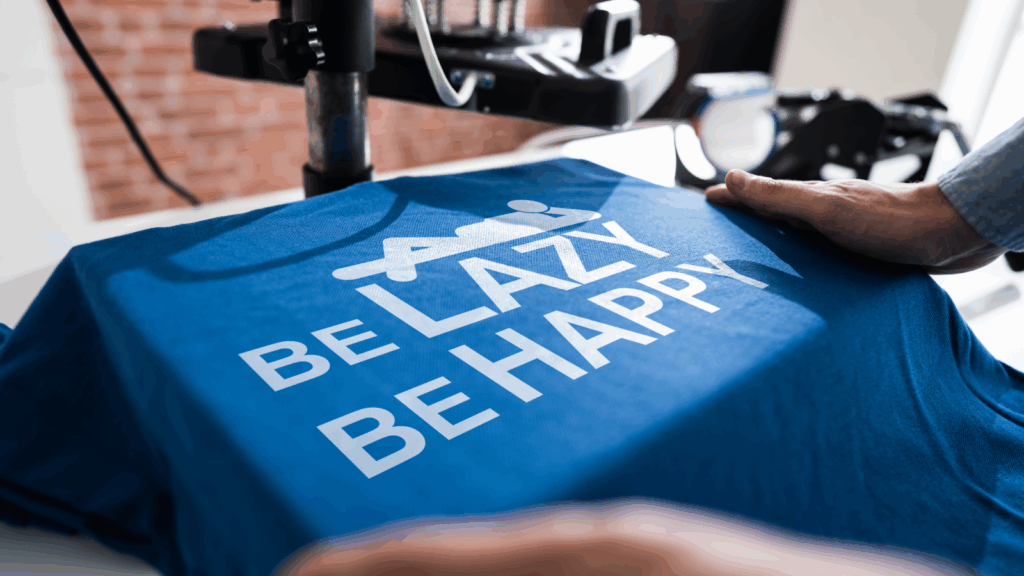
The easiest way to start a t-shirt business on Amazon is selling with Print on Demand (POD). It’s a hassle-free business model that lets you make money online without worrying about inventory or logistics.
Here are some of the options you have for using POD on Amazon.
Merch by Amazon
Merch by Amazon, or Amazon Merch on Demand, is the platform’s own POD service, providing an easy fulfillment solution for people already selling on Amazon.
This lets you focus on creating best-selling designs while Amazon handles the logistics.
Creating a business seller account is free and takes about one to two weeks for approval. Be sure to check MBA’s content policy to confirm that your designs comply with Amazon’s requirements.
Want to print shirts yourself? Try Fulfillment by Amazon (FBA) – send your merchandise to an Amazon warehouse and let the marketplace handle shipping.
Printify
One of the best ways to start a shirt business on Amazon is with a print-on-demand service like Printify.
There’s no need to buy inventory upfront. List your custom t-shirts and let us print and ship them when someone orders. It’s low-risk – plus, you get access to over 1,300 customizable products to grow your Amazon shop.
With Printify, you can:
- Create t-shirt designs using our beginner-friendly Product Creator.
- Integrate your Amazon seller account seamlessly.
- Automatically fulfill every product sold through Amazon.
- Tap into our global network of reliable Print Providers.
- Avoid inventory management and packing orders.
This setup saves time and avoids upfront costs, making it ideal for anyone looking to make money selling t-shirts without warehousing issues. You control the creative side while Printify gets your products to customers.
Sign up for free and connect your Amazon account with Printify in just a few clicks.
3. Design your t-shirts
Now comes the fun part of learning how to sell shirt designs on Amazon – creating stunning tees that customers will love.
Here’s how to design creative t-shirts with Printify’s Product Creator:
- Find a t-shirt in our Catalog. We have various styles of all shapes and sizes, including best-selling POD options from Bella+Canvas and Gildan.
- Pick your favorite t-shirt and select a Print Provider. Hit Start designing to head to our Product Creator.
- Upload your design or create a brand new one using our free graphics or AI Image Generator. Then, adjust the placement to your liking.
- Click Save product, edit the description and details, and choose mockup images for your Amazon listing.
- Publish it to your online store.
Use your favorite t-shirt design software to make custom graphics and easily upload them to Printify’s Product Creator.
4. Prepare your product listings and storefront
Now that your products are ready, it’s time to get them online.
For merchants registered with Amazon’s Brand Registry, you can create a custom Amazon Storefront – your own mini-website on the platform with a unique URL. It’s your space to show off products and build brand recognition.
Amazon listings are your chance to grab attention and drive sales. Here are several key components:
- Product title. This should be between 80-200 characters. Start with your brand name, followed by a primary keyword that describes the product. Highlight specific features like dimensions, colors, or set quantities.
- Product descriptions. Talk about your product in detail within 1,700 to 2,000 characters. On mobile devices, the first 80 characters are displayed before the bullet points, so make those initial words compelling.
- Bullet points. Use these to outline key features of your product. Each bullet point can be up to 200 characters, with a total of up to 1,000 characters across five points.
- Product images. They should be high-quality and non-pixelated. Choose a white background to keep the presentation clean and professional.
Avoid using trademarked names that aren’t your own, exaggerated claims like “bestseller,” and terms like “free shipping” unless they apply to your entire catalog. You should also avoid health claims related to curing diseases or illnesses.
Create your t-shirt store with Printify and launch your brand on Amazon now
5. Market your products

Let’s get your brand out there and attract customers. These key elements will help you develop your marketing strategy and earn money selling shirts.
Amazon SEO
Search engine optimization (SEO) is the practice of including relevant keywords and phrases in your listings to make your products more visible to shoppers.
Amazon has its own algorithm and optimization rules for increasing organic traffic.
To improve your Amazon SEO, think like a buyer while creating your listings. Include all the information potential customers might want before purchasing – like colors, variants, measurements, pictures, and videos.
Customer reviews
Prioritize customer satisfaction – most shoppers don’t buy from brands with ratings below 3.4 stars.
Reviews are prominent on Amazon’s product pages, and the marketplace lets buyers filter by review scores. That means great feedback is essential for getting seen and making sales.
Make your brand top of mind by setting competitive pricing and engaging with your Amazon buyers to develop good customer relationships. Answer all questions, send thank-you emails, and encourage feedback.
Affiliate marketing
Affiliate marketing is a huge source of traffic for online businesses and one of the best ways to develop brand awareness.
Contact influencers, blogs, and YouTube channels in your niche and create an affiliate strategy.
How does it work? The affiliate mentions your product and shares a link to your listing. They receive a commission from that sale, while you get brand exposure to their audience.
Make your listings stand out so Amazon Associates pick them up, promote them, and send you more traffic – without costing you a dime.
Social media marketing
Go all-in on social networks and share info about your new products, updates, giveaways, and sales. Keep your content engaging with informative posts and publish regularly.
Share your social media pages on your Amazon page and vice versa.
And don’t forget paid advertising. Most social networks give you the option to create ads from scratch or transform well-performing posts into advertisements, driving traffic to your Amazon store.
Amazon advertising
In addition to paid advertising on social networks and Google, consider promoting your listings on Amazon itself.
The marketplace has a few options for Amazon advertising, like Sponsored Products, Sponsored Brands, and Display Ads – all designed to help you drive more clicks and turn browsers into buyers.
Sell t-shirts on Amazon with Printify
Make money without worrying about inventory or shipping. Print on Demand is one of the quickest and most cost-effective ways to build a t-shirt business on Amazon.
With Printify, it’s easy to create custom t-shirts in just a few clicks – no upfront investment, no warehousing, and no post office runs.
Not sure how to price your products? Check out our detailed guide on how to price t-shirts for better profits.
From breathable lightweight tees to heavyweight classics, find tons of popular options for streetwear, gym wear, and everyday outfits.
Offer flattering cuts and soft fabric options – from cropped tees to relaxed styles. Our vast selection is perfect for everything from subtle branding to statement shirts.
Expand your t-shirt business by selling adorable and durable custom t-shirts for children and babies. From playful graphics to soft, skin-friendly fabrics, our kids’ t-shirt collection is the perfect canvas for family-friendly designs.
What are the best-selling t-shirts?
If you’re wondering how to sell shirts on Amazon successfully, start with products that consistently perform well.
Check out these top three best-selling t-shirts that buyers love and sellers trust.
Unisex jersey short sleeve tee
This tee checks every box. It’s breathable, lightweight, and made to last. With over 50 color options and a wide size range, it’s perfect for any shirt design – from bold graphics to subtle typography.
Key features:
- Front and back print areas
- Easy to machine wash
- Bulk discounts available
Unisex heavy cotton tee
Looking for a sturdy, everyday option? This heavy cotton tee delivers. It’s soft, structured, and ideal for larger or more intricate t-shirt designs. The elastic collar keeps its shape and the color stays vibrant through multiple washes.
Key features:
- Front and back print options
- True-to-size fit
- Multiple sizes and colors
Custom baby t-shirt
Add an adorable twist to your Amazon sales strategy with our niche hero product. This baby t-shirt is crafted from organic cotton and features convenient snap closures.
Aside from making the perfect gift, it’s a must-have for any t-shirt shop targeting families and parents.
Key features:
- Available in 6 sizes
- Direct-to-garment printing
- Soft and safe for sensitive skin
Amazon alternatives
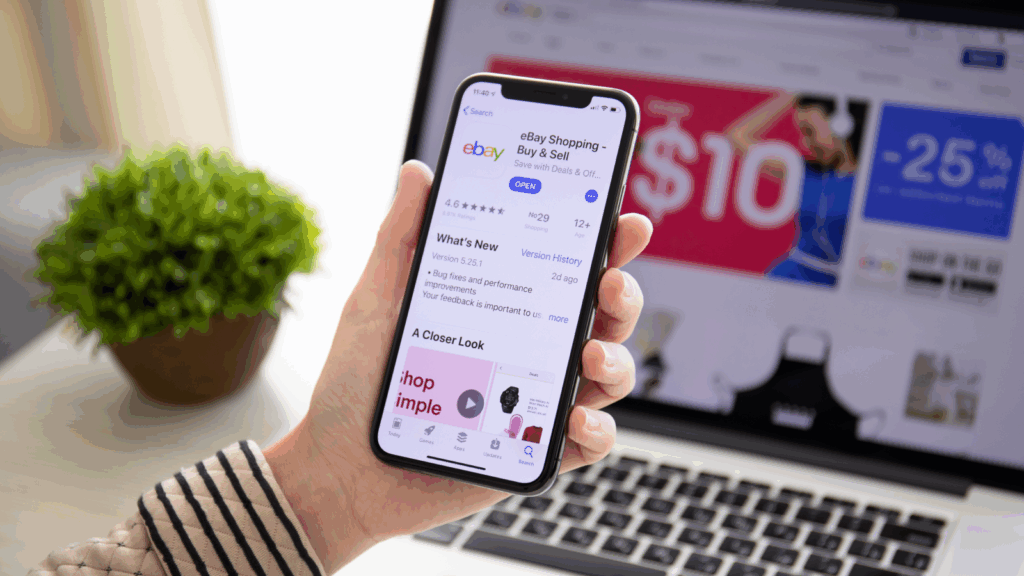
Want to expand your reach? Printify integrates with other popular eCommerce platforms and marketplaces, easing the process of selling t-shirts on Amazon.
eBay
The pioneer among online marketplaces, merchants can sell products for the highest bid or at a fixed price on eBay.
It’s possible to create your own branded storefront through paid subscription plans. However, when starting out, new sellers are limited to five product listings.
eBay pricing overview:
- Insertion fees. Listings are generally free up to 250 items per month. Beyond that, it’s $0.35 per listing.
- Final value fees. Varies by category but are typically around 13.25% of the sale price up to $7,500. Any sale amount higher than that is charged 2.35% plus $0.30 per order, but can vary based on category.
- Store subscriptions. Starts from $4.95 per month and provides more free listings and lower final value fees.
Etsy
Have quirky designs and a niche audience? Explore selling shirts on Etsy – a popular marketplace known for unique finds.
Etsy doesn’t charge subscriptions and offers a storefront for all sellers. You also have the option to purchase a Pattern subscription at $15 per month to create a standalone, custom website.
The platform charges $0.20 per listing, and you may be subject to other costs like sales tax and transaction or payment processing fees. Learn more about how much Etsy takes per sale on our blog.
Frequently asked questions
Get your products in front of buyers in five steps:
- Register an Amazon seller account.
- Connect a print-on-demand provider like Printify to source the t-shirts.
- Create designs and apply them to your Amazon products.
- Optimize your listings and Amazon storefront for maximum visibility.
- Market the products on Amazon, social networks, and search engines to drive sales.
Sign up with a POD provider like Printify or Merch by Amazon to apply your custom design ideas to t-shirts. You’ll handle marketing while your fulfillment partner takes care of printing and shipping.
It’s easy and only takes a few minutes:
- Sign up. Create your Amazon seller and free Printify account.
- Design. Use Printify’s Product Creator to design custom t-shirts.
- Integrate. Link your Printify account to your Amazon seller account.
- Publish. Upload your items to Amazon and set up your product listings.
- Sell. Market your shirts and drive sales while we handle the logistics.
Learn more about Print on Demand.
Sell products on Amazon and make that money
Now that you’ve explored how to sell shirts on Amazon without holding inventory, it’s time to take action.
Set up your Amazon seller account, choose a fulfillment method – whether Merch by Amazon, print-on-demand, or both – and start creating products that customers will love.
Don’t forget to apply our tips to stand out from the rest. Whether you’re focusing on t-shirts or expanding into other products, Printify’s got you covered.




